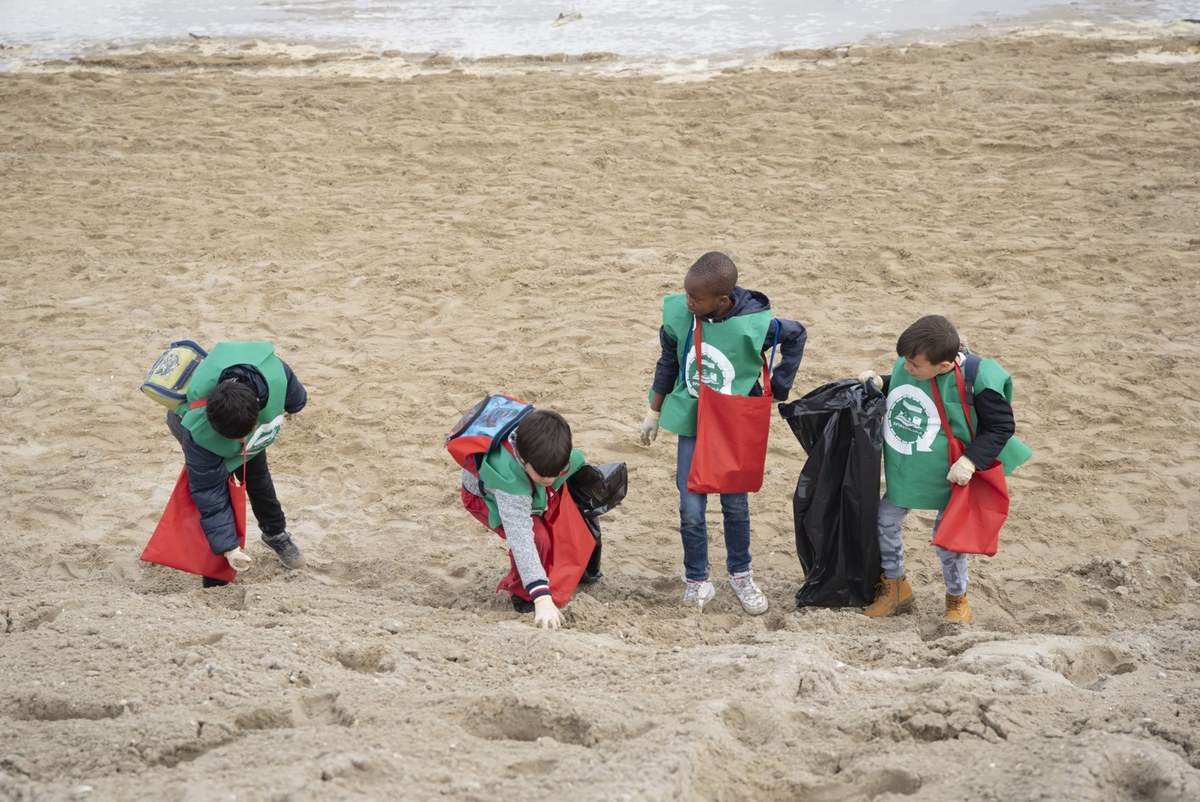Tips and suggestions for sustainable events
An event is sustainable when it is "designed, planned and implemented in a way that minimises negative impacts on the environment and leaves a positive legacy for the host community'". UNEP 2009 (United Nations Environment Programme)
In recent years, sustainability criteria are also taken into account when organising an event. The benefits are not only in terms of raising environmental awareness, reducing the ecological footprint and improving the organiser's image, but also in terms of saving money through the rational use of energy and products.
Below are some tips and suggestions for realising a green event, divided according to the main operational steps.
